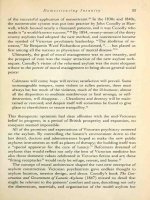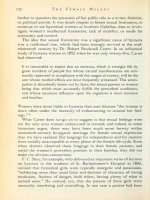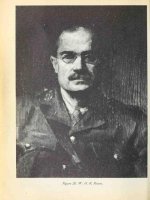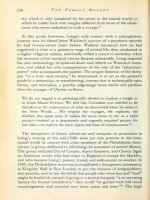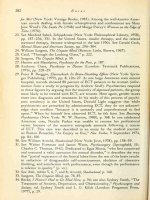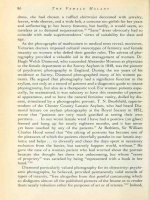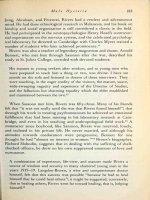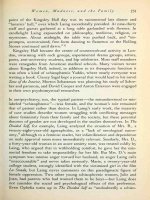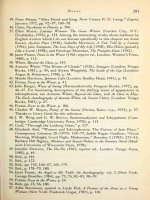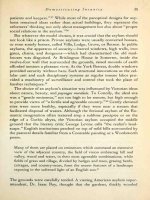The female malady women madness and engl 144
Bạn đang xem bản rút gọn của tài liệu. Xem và tải ngay bản đầy đủ của tài liệu tại đây (140.69 KB, 1 trang )
The Female Malady
132
further to question the pressures of her public role as a writer, feminist,
or political
activist. It
was much simpler
continue to see hysterical
women
to
blame sexual
frustration, to
as lovelorn Ophelias, than to inves-
women's intellectual frustration, lack of mobility, or needs for
autonomy and control.
The idea that sexual frustration was a significant cause of hysteria
was a traditional one, which had been strongly revived in the midnineteenth century by Dr. Robert Brudenell Carter. In an influential
study of hysteria written in 1852 when he was only twenty-five, Carter
tigate
had observed:
reasonable to expect that an emotion, which
It is
great
numbers of people but whose
is
strongly
felt
by
natural manifestations are con-
stantly repressed in compliance with the usages of society, will be the
one whose morbid
pation
is
effects are
most frequently witnessed. This
abundantly borne out by
being that which most accurately
sexual passion in
facts; the
fulfills
the prescribed conditions,
and whose injurious influence upon the organism
and
is
most
common
familiar.
Women
more
antici-
women
were more
liable to hysteria
than
men
because "the
woman
is
often under the necessity of endeavouring to conceal her feel-
ings." 31
What
Carter does not go on to suggest
not the only ones
historians
is
that sexual feelings
were
women endeavored to conceal; and indeed, as some
may have been much more leeway within
argue, there
nineteenth-century bourgeois marriage for female sexual expression
than
we have
were
socially unacceptable at every phase of the female life-cycle.
when
realized.
But longings for independence and for mastery
noted the women's powerless position
make
Even
doctors observed these longings in their female patients, and
in their families,
they did not
the obvious connections.
F. C. Skey, for
on hysteria
example,
who
delivered an important series of lectures
to the students of St.
Bartholomew's Hospital
in
1866,
noticed that hysterical girls were typically energetic and passionate,
"exhibiting
more than usual
force and decision of character, of strong
resolution, fearless of danger, bold riders, having plenty of
termed nerve"
He
what
noticed, too, that the parents of these girls
is
were
unusually interfering and controlling. In one case a patient had been
